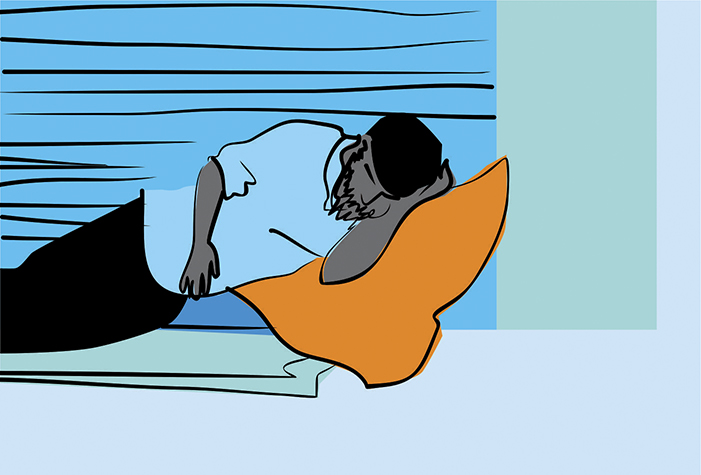
Street People
Considered the most vulnerable among socially vulnerable groups, the street population suffers from neglect, discrimination, prejudice and contempt, resulting in violent acts of physical, psychological and moral aggression, and, in unfortunately not Homicide.
It is a heterogeneous population group that has in common extreme poverty, broken or fragile family ties and the non-existence of regular conventional housing, using public spaces and degraded areas as a living and living space[1]. They are people who have a history of consecutive losses and face a series of difficulties to keep life on the heights of sociability. In addition, ignorance about the situation of street people contributes to the formation of a perverse imaginary that criminalizes people because of their social status[2].
They are, therefore, the most fragile target of practices of violence perpetrated by individuals as well as by the State itself, which reinforces its exclusionary situation, denying them basic rights, practicing direct actions of institutional violence, intensify every day in the great centers, portraying a growing wave of “hygiene” and intolerance of diversity.
Thus, defending the rights of this population of weakened ties and territorial dispersion is a challenge. In the meantime, many battles have been fought: resistance against actions to collect belongings, struggle for housing, access to health care, provision of public services, provision of documents, expansion of public facilities, labor regulation, and by the implementation of a solid waste management policy that includes collectors of recyclable materials as beneficiaries of the production chain. These are some of the achievements that, although they seem timid, are indestructible for a population that passes invisible to indifferent glances in the cities.
[1] Concept in art. 1 of Presidential Decree 7.053 of 2009, which establishes the National Policy for the population living in the street.
[2] SILVA, Maria Lucia Lopes. Trabalho e População em Situação de Rua no Brasil. São Paulo: Cortez, 2009.

